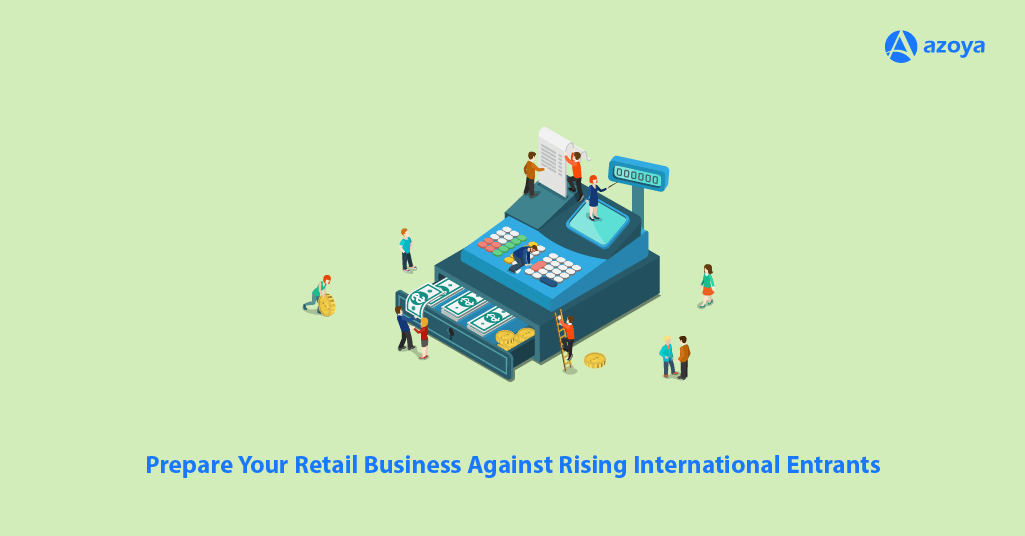Prepare Your Retail Business Against Rising International Entrants
The rise in international entrants entering the Australian market is something that should motivate you to prepare your online retail business to be ready, well planned and agile enough to adapt to whatever international entrants bring to the market.
by Azoya

June 13th, Power Retail
The Australian retail market has been welcoming international retailers for years, following the significant success of market entrants like Zara, Aldi and H&M with physical stores, as well as ASOS and Next online. This growing competition, which includes the imminent arrival of Amazon in Australia as well, along with a lack of investment in omnichannel capabilities, has put pressure on local retailers in recent years to drive cost and service improvement initiatives.
While Australian retailers have come a long way in enhancing their omnichannel strategies to take back market share, now’s the time to ramp it up further to weather the Amazon effect. Not only will this help your business to understand your customers better, it will also ensure your products and services resonate across all channels. This will put your business in a better position to be successful, even as new players continue to enter the market.
Look for new market entry points
Just as Amazon chose the Australian market to expand into, perhaps it’s time to consider new markets to launch your business. Asia is Australia’s most significant export market, with growing opportunities for retailers to export into countries like Singapore, India and China. Find a market where there’s a need for your products to thrive in.
If we look specifically at China, its e-commerce market has exploded since a government regulation was introduced to allow cross-border e-commerce for the first time in 2014. Growth has been fuelled by the country’s burgeoning middle class unleashing greater purchasing power. It’s also been facilitated by improved international payments and logistics, as well as regulation approval on cross-border imports.
According to the Ministry of Commerce, China’s cross-border e-commerce market reached 6.5 trillion yuan (US$1.02 trillion) in 2016, accounting for 20 percent of China’s foreign trade. It’s anticipated that it will continue to grow annually at over 30 percent in the next few years. By 2020, a quarter of China’s population, amounting to more than half of all digital buyers globally, will be shopping either directly on foreign-based sites or through third parties.
This presents a massive opportunity for Australian retailers to target China’s expanding middle class, who are increasingly seeking out quality, affordable, premium, Western-made products, as well as assurance of authenticity.
If the whole thing seems a little daunting, there are a number of ways to establish your business in other markets without having to set up a physical entity. Many Australian retailers are successfully leveraging marketplaces or their own e-commerce sites managed by a third party on the ground in a particular market. This helps them avoid all the nuisances arising from traditional international expansion, such as setting up local business entity, cultural differences, confusion over government policies and market adaptation.
It’s important to establish good international B2C capabilities, such as strong product sourcing, fulfilment and international logistics. This could give your business an edge to expand your footprint globally, avoiding over-reliance on the saturated domestic retail market.